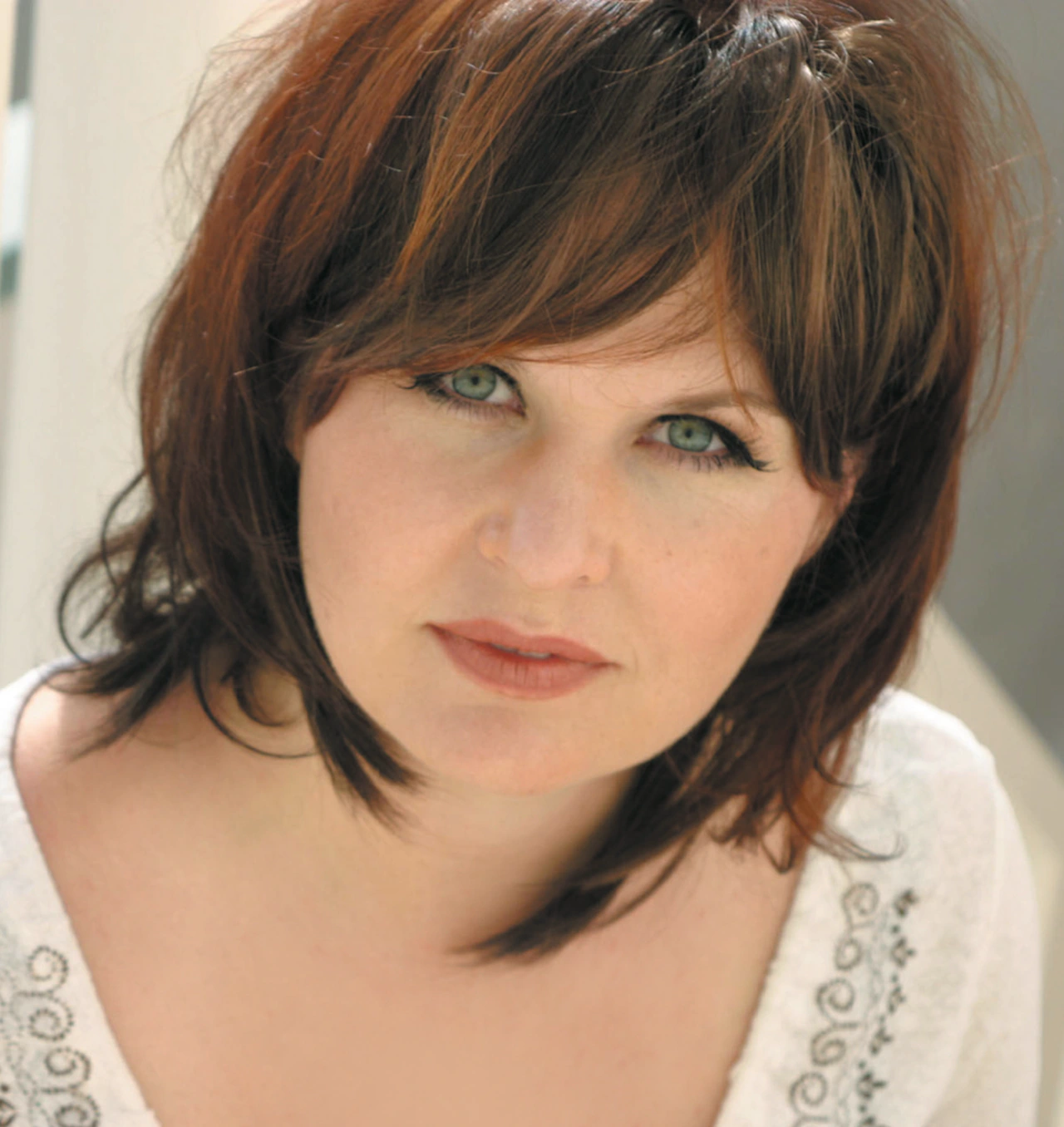Copyright Inc. Magazine

Open up Amazon and you’ll see an array of products from independent sellers in a variety of quantities, colors, brands, and prices. Amazon’s marketplace, which is packed with offerings from third parties, has become a feature of the platform. But it wasn’t always that way. Amazon opened its doors to independent sellers 25 years ago today, shaking up the e-commerce space and paving the way toward scaling and expansion for a variety of entrepreneurs. “[Amazon allows] an entrepreneur and inventor with an idea to reach hundreds of millions of customers, not just in their hometown or their local state, but across the country and across the globe,” says Amazon’s vice president of worldwide selling partner services, Dharmesh Mehta. Today, more than 60 percent of sales on Amazon come from independent sellers, which have generated more than $2.5 trillion in sales over the past quarter century since Amazon opened its platform to them. These sellers, a majority of which Amazon says are small- and medium-sized businesses, employ some 2 million people in the U.S. alone. And they’ve sold more within the first 10 months of 2025 than they did in the first 10 years that Amazon opened its platform to them, Mehta says. “It’s this very powerful force, not just in terms of the economics, but in terms of job creation and giving back to their local communities,” he adds. Back in the year 2000, Amazon looked very different than it does today. The company primarily sold books. Even so, Amazon did not take its decision to open its platform to other sellers lightly. At the time, Mehta says, the decision was “super controversial.” “Amazon had been a retailer, and we were effectively going to invite our competitors into our store to sell right alongside us,” he says. “With these independent sellers, would they care as much about the customer experience and delighting customers, ensuring a trustworthy experience—would they care about that as much as we did?” In recent years, consumers have turned to social media to air complaints about dropshipping—a process in which storefront owners act as middle men and sell at a markup—and to question the quality of goods sold through Amazon’s marketplace. Mehta says Amazon does have safeguards in place to verify a seller’s identity and proof of location. The company also uses algorithms and machine learning to keep tabs on the quality of products and customer service, and monitor for abnormal behavior. “Our best sellers are really invested for the long term. They’re building a brand that stands for something,” Mehta adds. “They’re coming up with creative new products that meet new needs. They’re constantly listening for the next new thing that they can do to help their products stand out—and those inventors really do thrive.” In an increasingly complex and competitive e-commerce environment, how can companies hope to compete? Mehta sounds off with advice from within Amazon, alongside two sellers with close to 20 years of combined experience selling on the platform. Be customer-obsessed Mehta advised independent sellers to take a page out of Amazon’s own playbook by catering to their customers. “It’s sellers who really are focused on how to delight the customer, how to provide an amazing product that meets their needs. It’s described accurately, it arrives on time,” he says. Dean-Paul Hart knows a little bit about that. He is the CEO and president of Compac Industries, which is based in Tucker, Georgia. The family-owned business, which he took over from his father in 2016, is an omnichannel business that sells its family of consumer packaged goods brands in grocery and retail stores including Kroger, H.E.B, Walmart, and the Container Store, as well as direct-to-consumer and through Amazon. Its brands include Baby Buddy, Brilliant dental products, Compac Home, and Better Grillin’. When Compac first launched its products on Amazon some 17 or 18 years ago, Hart admits that “our listings were very bad.” “Back in the day, you didn’t need the quality of images and titles and copy,” he says. “We didn’t have seven images and a video and something that was attractive. And over time, what happened is we got competitors.”



